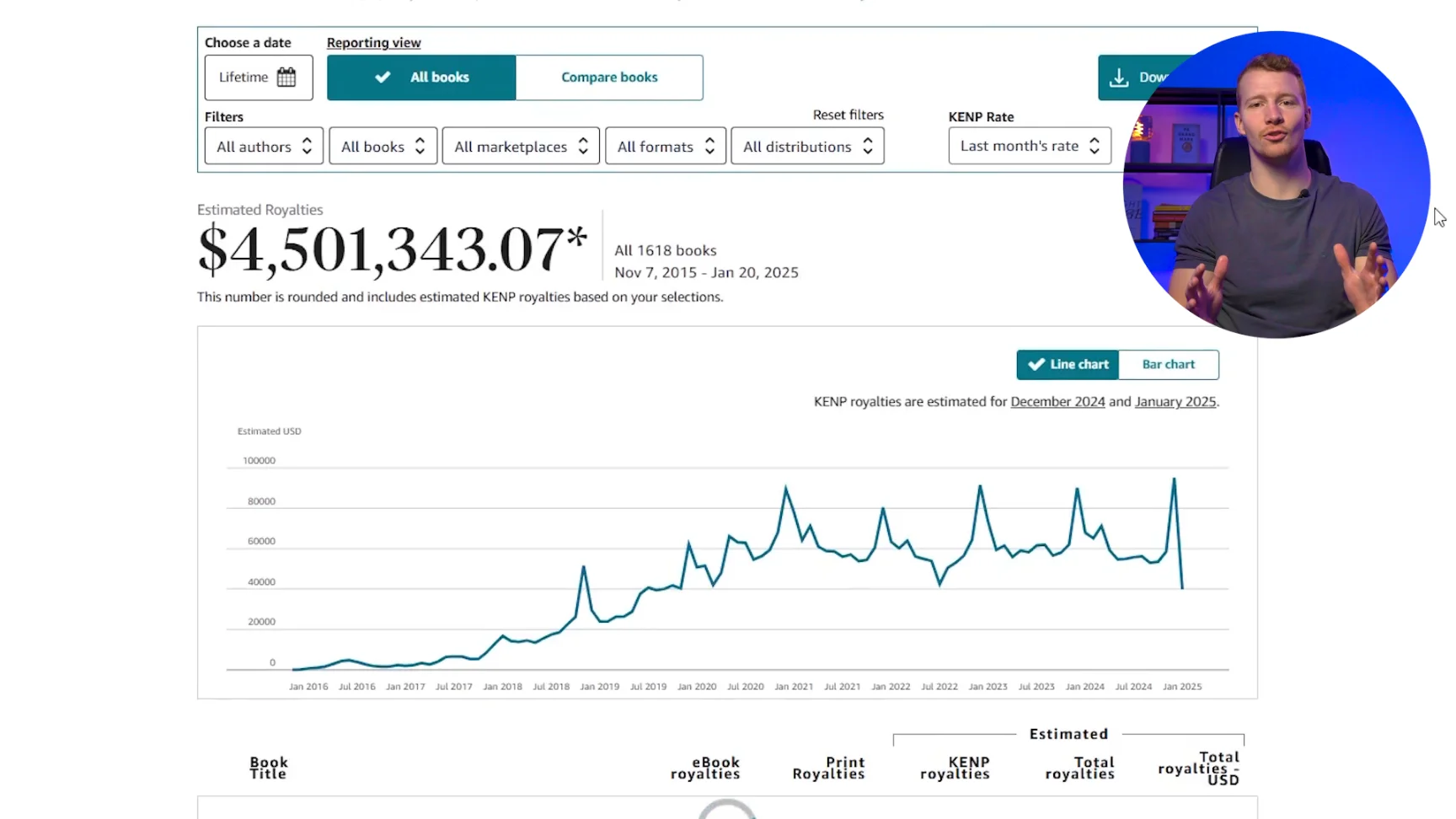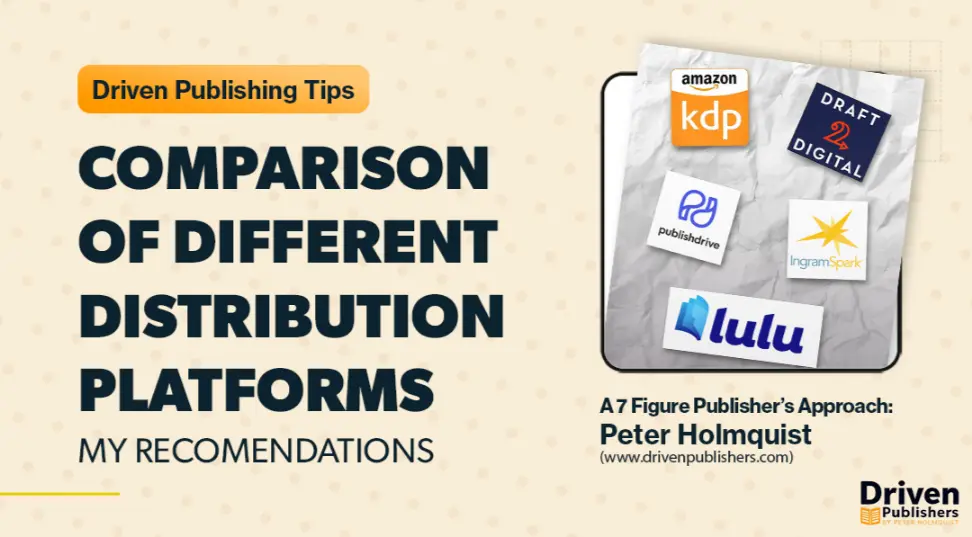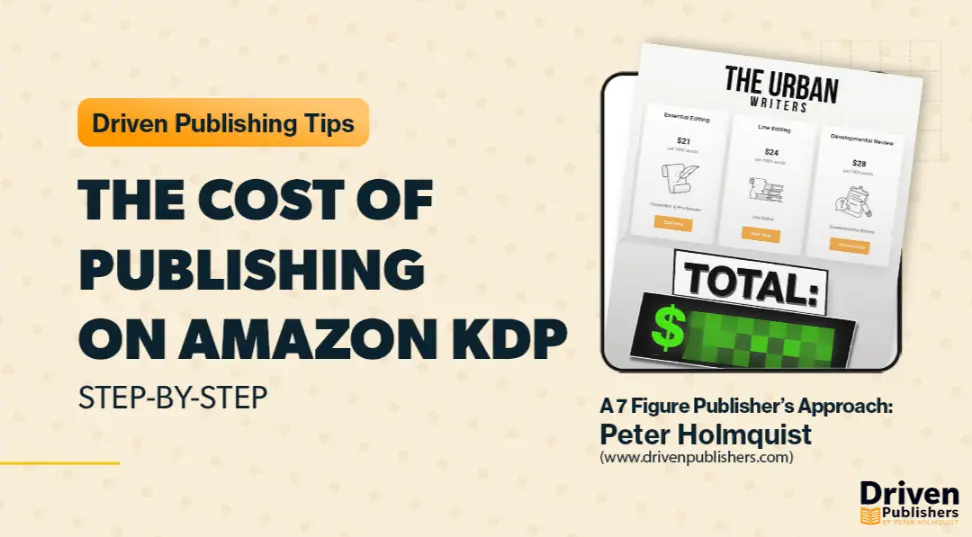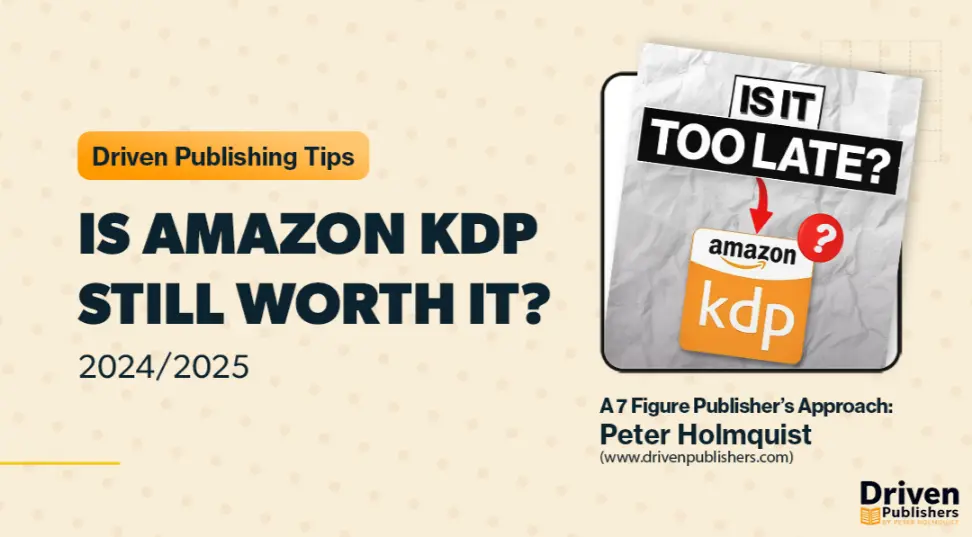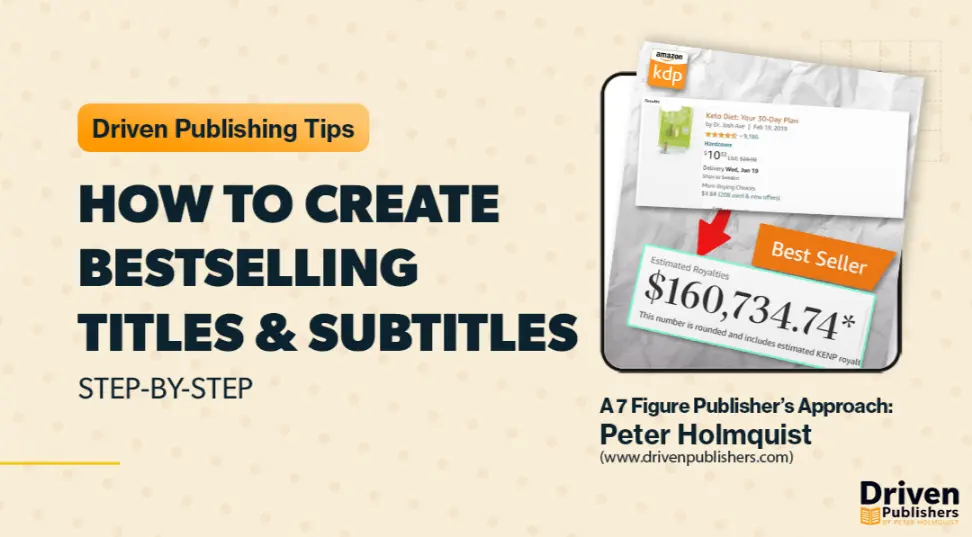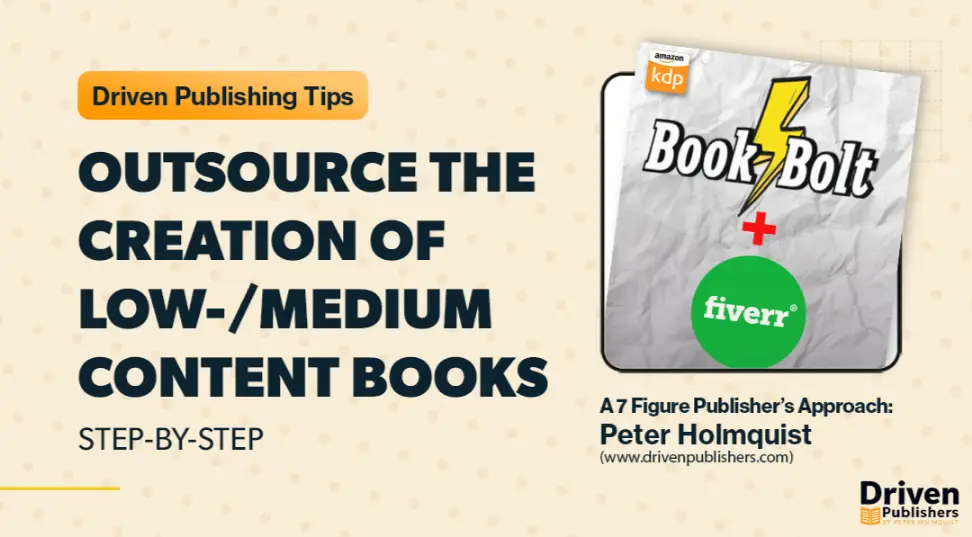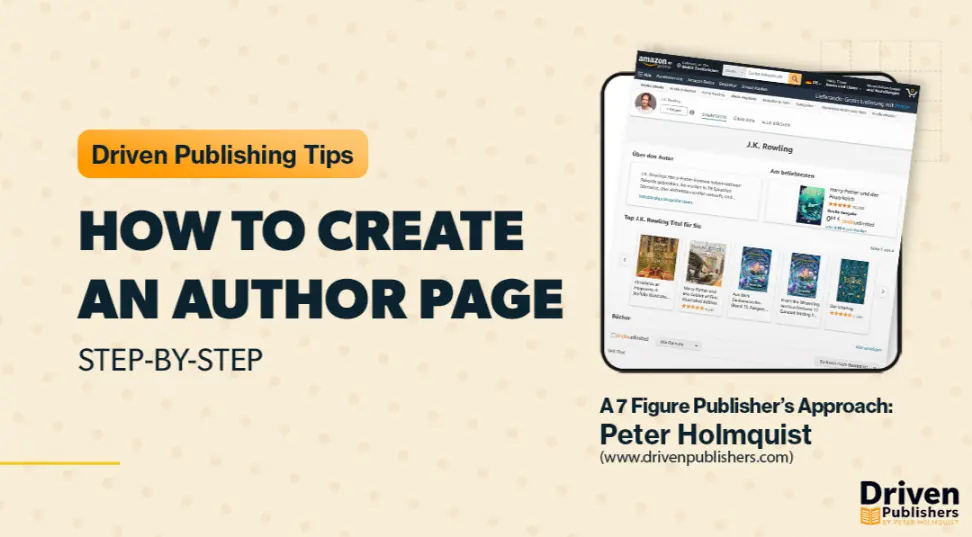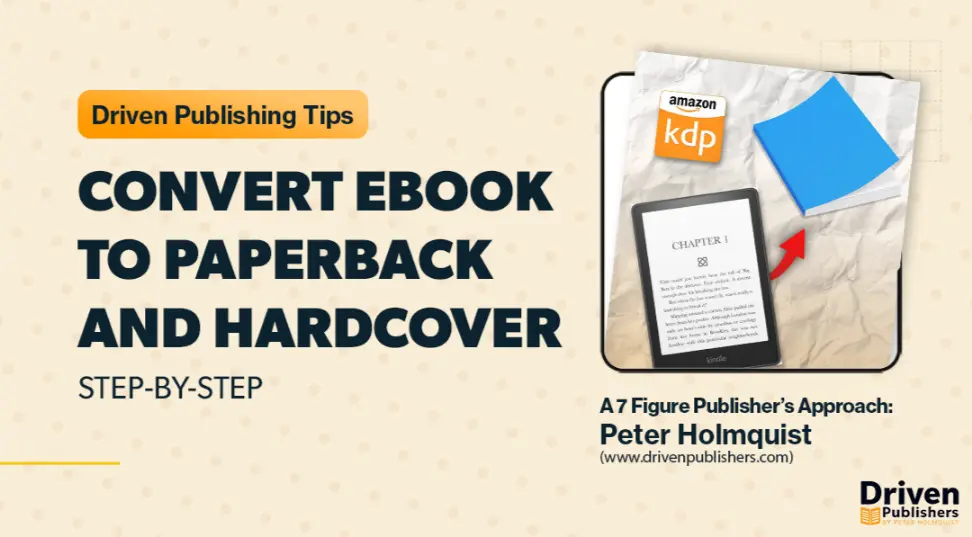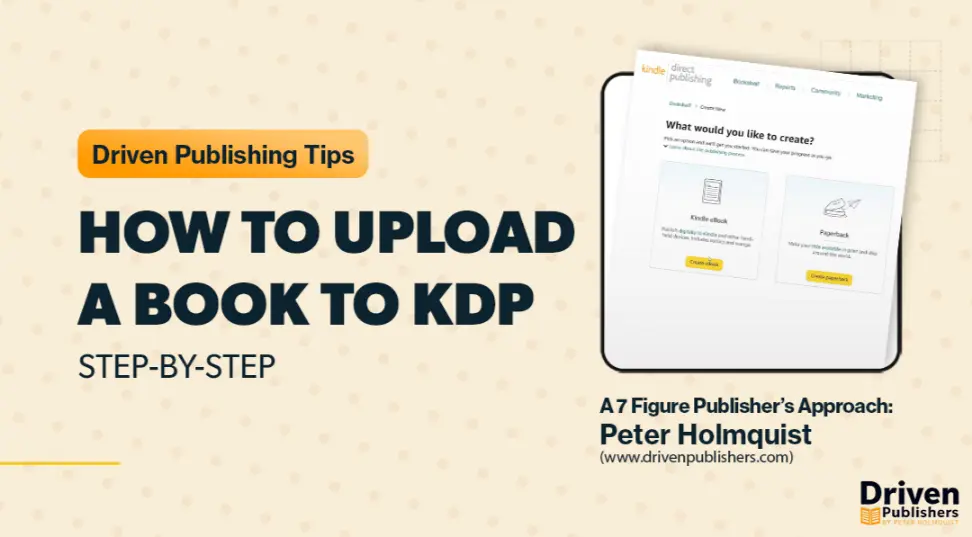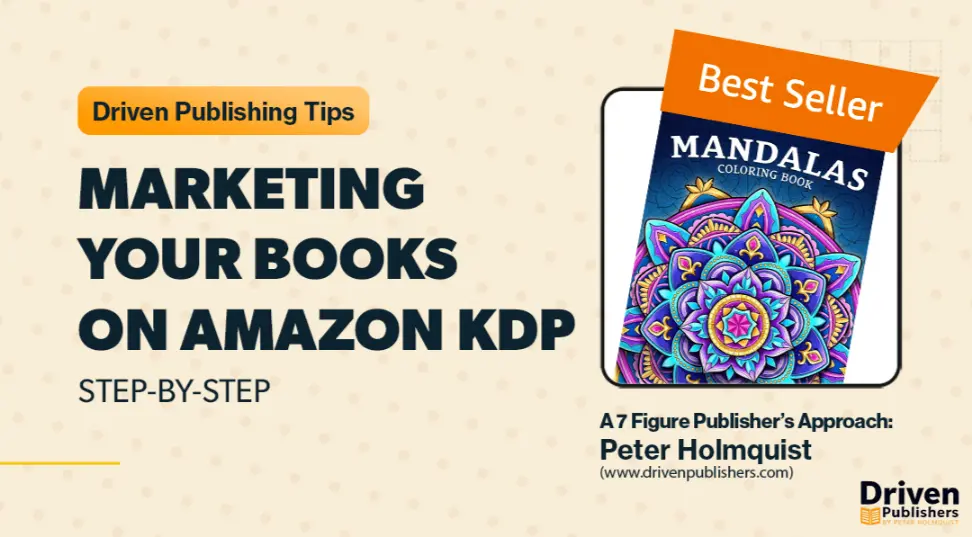Introduction
Any successful book starts with a carefully crafted manuscript. As a 7-figure publisher, I can tell you that creating a high-quality manuscript involves a systematic, step-by-step process.
This blog post covers everything from creating a structure and outline, writing, hiring writers, to the final editing process. Following this approach has resulted in numerous books receiving thousands of reviews and maintaining an average of over 4.5-star ratings.
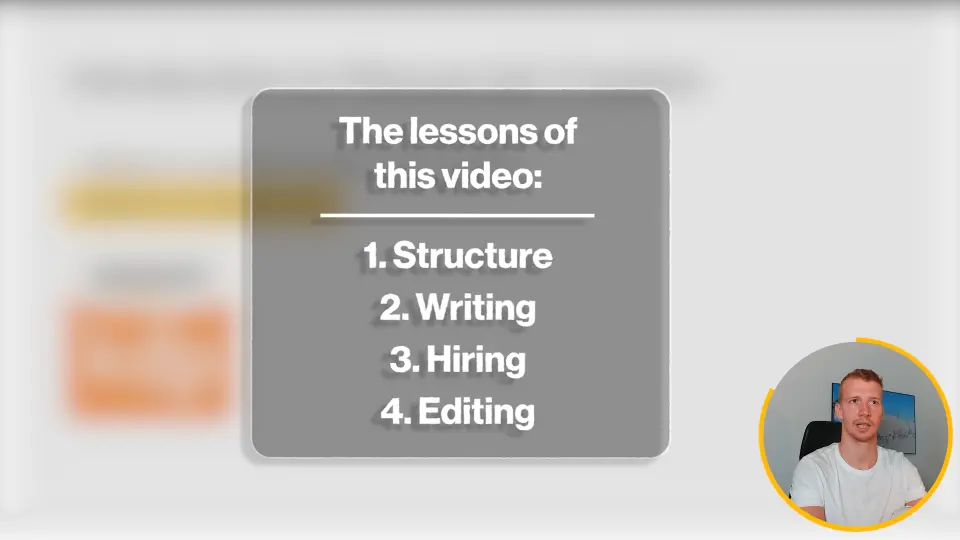
Understanding What a Book Is
A book, in its simplest form, is a packaged solution to a problem. Every book—whether fiction or non-fiction—addresses a specific need or desire of the reader. For instance, a fiction book solves the problem of boredom, while non-fiction might solve problems such as losing weight, gaining muscle, making more money, or finding love. The key is to include comprehensive information that helps the reader fulfill their desires without needing to look elsewhere.
Creating a Structure and Outline
Creating a manuscript is akin to building your dream house; it all starts with a robust plan. This involves defining what the reader wants and doesn’t want, understanding what competing books offer, and figuring out how to make your book stand out.
Key Elements to Define
- What the reader wants: Identify the core need or desire your book aims to address.
- What the reader doesn’t want: Avoid including information or topics that could alienate or bore your audience.
- What competing books offer: Study existing books in your niche to understand what’s already being offered.
- How to make your book better: Innovate and improve upon the existing offerings.
Title Alignment
Ensure that the content you plan to include aligns with the book’s title. This consistency helps in meeting readers’ expectations and avoids confusion.
Research Process
Conduct research by reviewing similar books on platforms like Amazon. Look at their tables of contents to get a general idea of their structure. This isn’t about copying, but about understanding how successful books are structured and learning from their framework.
- Reading Competing Book Reviews:
- Liked by Customers: Take note of the elements readers appreciated.
- Disliked by Customers: Identify complaints and ensure you address these issues in your book.
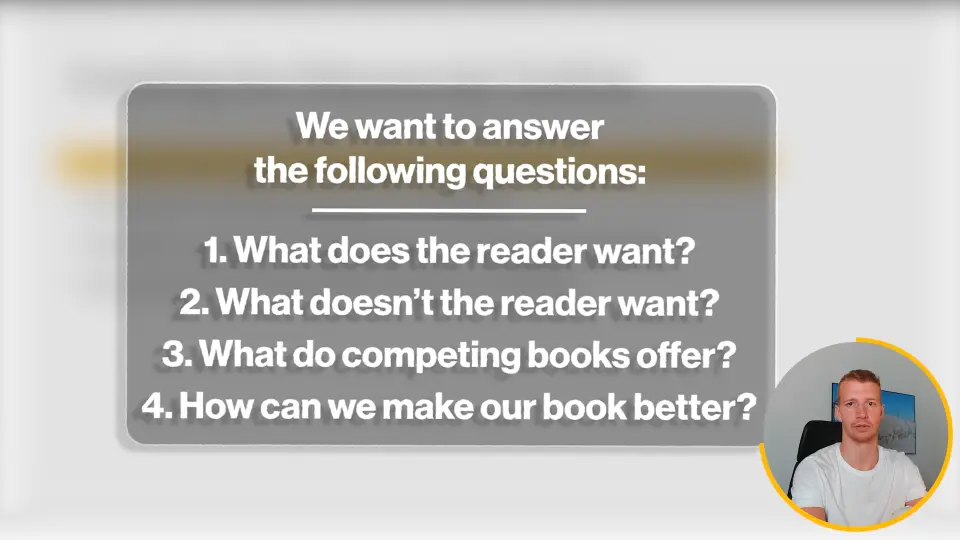
Building the Outline
Once you’ve gathered this information, create a comprehensive outline listing all the chapter titles along with additional notes for writers. This outline acts as the blueprint for your manuscript.
Outsourcing the Outline
If you prefer not to do this yourself, you can hire someone to undertake the research and create the outline for you. Typically, this service costs around $100 per outline. More information below!
Writing the Manuscript
Writing a manuscript requires adherence to fundamental principles of good writing. Drawing from the well-regarded book “On Writing Well,” here are key principles to follow:
Principles of Good Writing
- Clarity and strength: Keep readers engaged with clear, impactful writing.
- Avoid overly complex sentences: Simplicity enhances readability.
- Clear thinking for clear writing: Constantly ask yourself, “What am I trying to say?”
- Remove unnecessary words: Trim down to keep the essence.
- Active voice and genuine tone: Engage readers actively and authentically.
- Conversational style: Write as if you are having a conversation.
- Avoid clichés: Stay original and fresh.
- Word choice: Choose words carefully for their sound and impact.
- Consistent tense and tone: Maintain uniformity to avoid confusion.
- Strong beginnings and endings: Craft memorable leads and conclusions.
Daily and Weekly Goals
Setting measurable goals helps in maintaining productivity. For example, aim to write 1,000 words each morning or 5,000 words each week. Achieving these goals will help you complete a 30,000-word manuscript in about 1-2 months.
Manuscript Length
A 30,000-word manuscript typically results in 100-200 pages, depending on the number of images and illustrations. This length is ideal as it’s long enough to provide valuable information without unnecessary fluff.
Focus on Writing
When writing, focus solely on getting your thoughts down. Avoid stopping to edit as it can disrupt the creative flow. Editing should come after the manuscript is complete.
Hiring a Writer
If you prefer not to write the manuscript yourself, hiring a qualified writer is a viable option. Two primary avenues to find writers are professional writing companies and freelance platforms.
Options for Hiring
- Professional Writing Companies: Companies like The Urban Writers offer a selection of vetted writers.
- Freelance Platforms: Websites like Upwork allow you to post a job and find freelancers with specific expertise.

Qualified Writers
Depending on the technicality of your book’s topic, you may need a writer with specialized knowledge. Always verify their qualifications to ensure they understand the subject matter deeply.
Cost Estimation
Expect to pay between $2 to $3 per 100 words for a skilled writer. Always start with a small milestone of a couple of thousand words to assess quality before committing to a full manuscript.
Managing the Writing Process
Provide the writer with your detailed outline and set a reasonable deadline. A 30-60 day timeline is typically adequate for a 30,000-word manuscript.
Using AI in Writing
While artificial intelligence can assist in writing, relying 100% on AI is not recommended. AI can sometimes introduce misinformation, which can be detrimental to your book’s credibility.
Plagiarism and AI Checks
Always check the manuscript for plagiarism using tools like Copyscape.com. Additionally, use AI checkers to ensure originality. Be mindful that these tools may not always be 100% accurate, but they are better than no checks at all.
Editing the Manuscript
It’s crucial that the person who wrote the manuscript is not the same one editing it. Fresh eyes can catch errors and inconsistencies that the writer might overlook.
Editing Stages
- Developmental Editing: Focuses on the big picture, structure, and message.
- Line Editing: Improves clarity, flow, and readability at the sentence and paragraph level.
- Copy Editing: Corrects grammar, spelling, and punctuation errors.
- Proofreading: The final review to catch any remaining errors and ensure consistency.
Editor’s Scope
Confirm with your editor exactly what services are included in their fee. Ideally, they should do all the steps mentioned above to ensure a polished manuscript.
Final Steps
Once your manuscript is written and edited, the final step is formatting it for publication. This will be covered in a subsequent blog post.
Conclusion
 Creating a well-crafted manuscript involves thorough planning, meticulous writing, and rigorous editing. By following this step-by-step guide, you can increase your chances of producing a high-quality book that resonates with readers.
Creating a well-crafted manuscript involves thorough planning, meticulous writing, and rigorous editing. By following this step-by-step guide, you can increase your chances of producing a high-quality book that resonates with readers.
Feel free to share your experiences, ask questions, or provide feedback in the comments below.
By following these detailed steps, you’re well on your way to creating a manuscript that stands out and captivates your audience. Happy writing!




